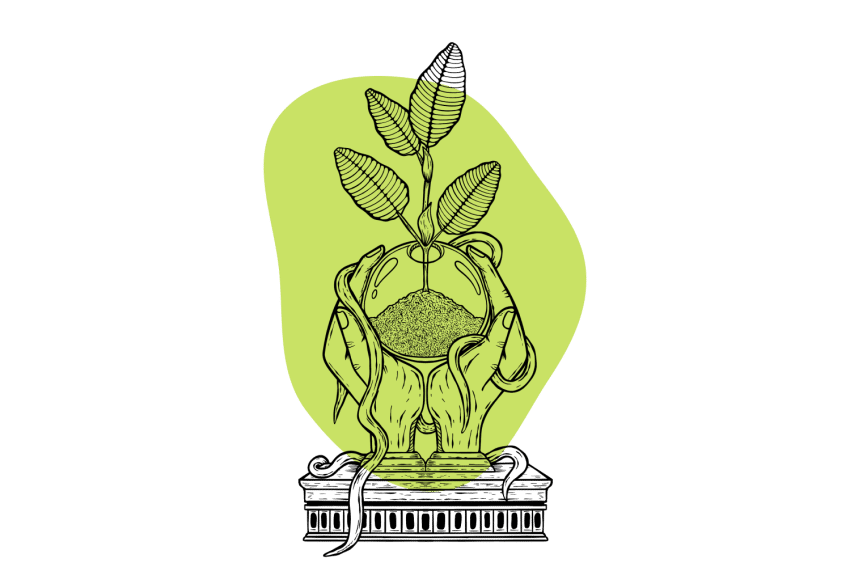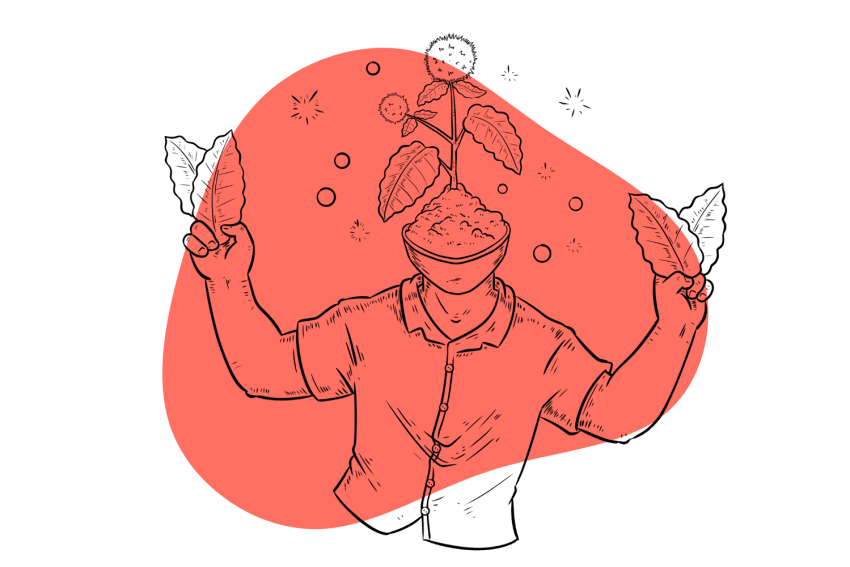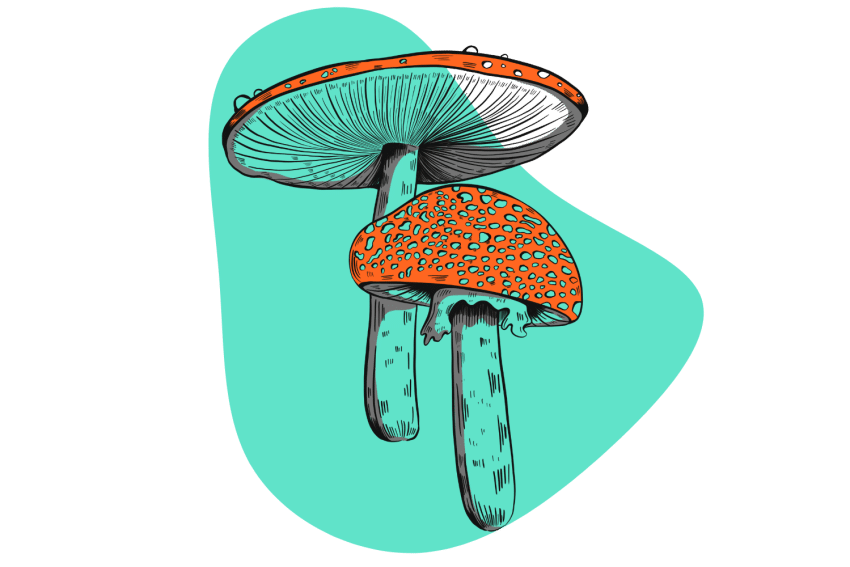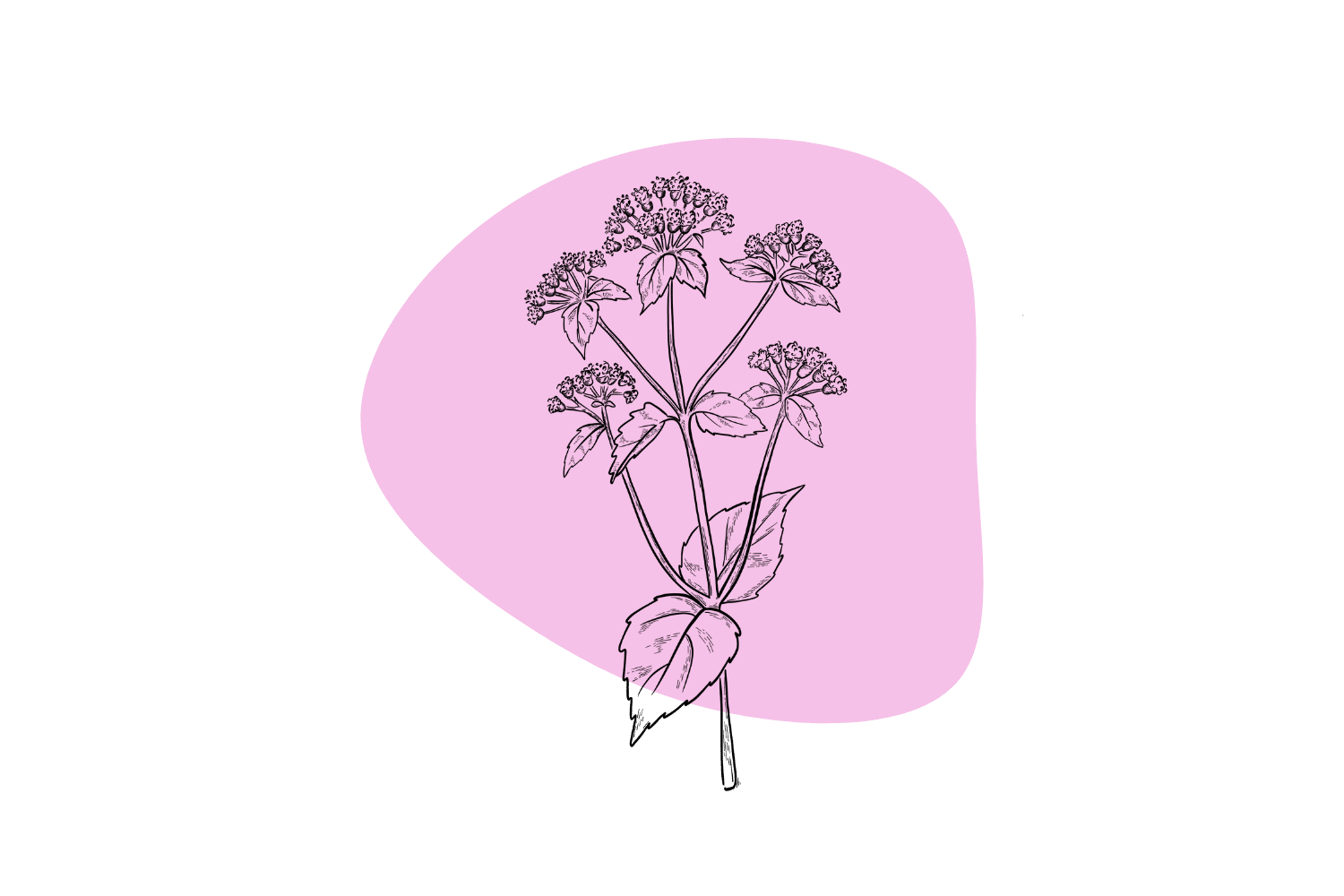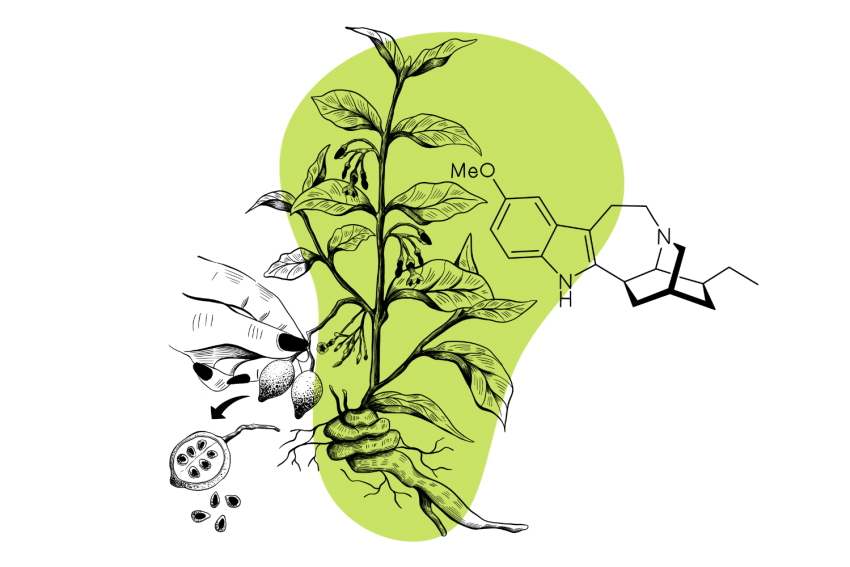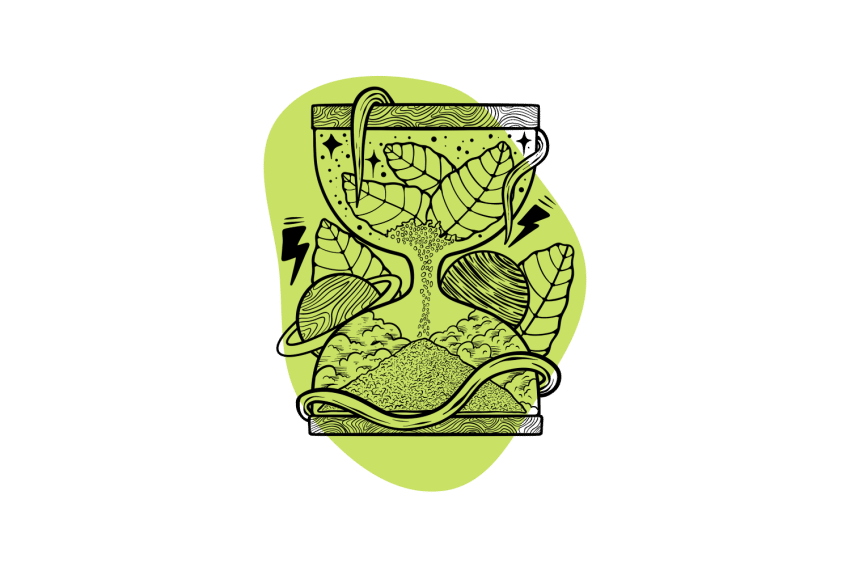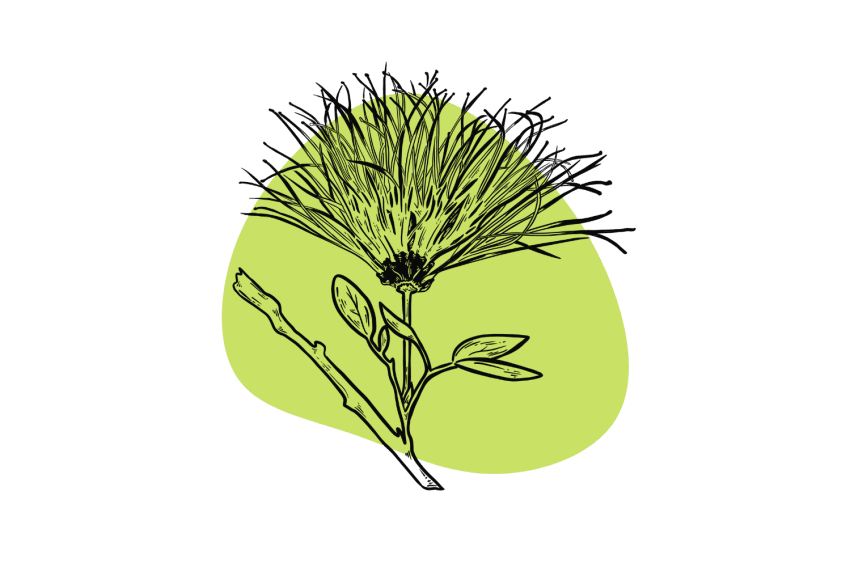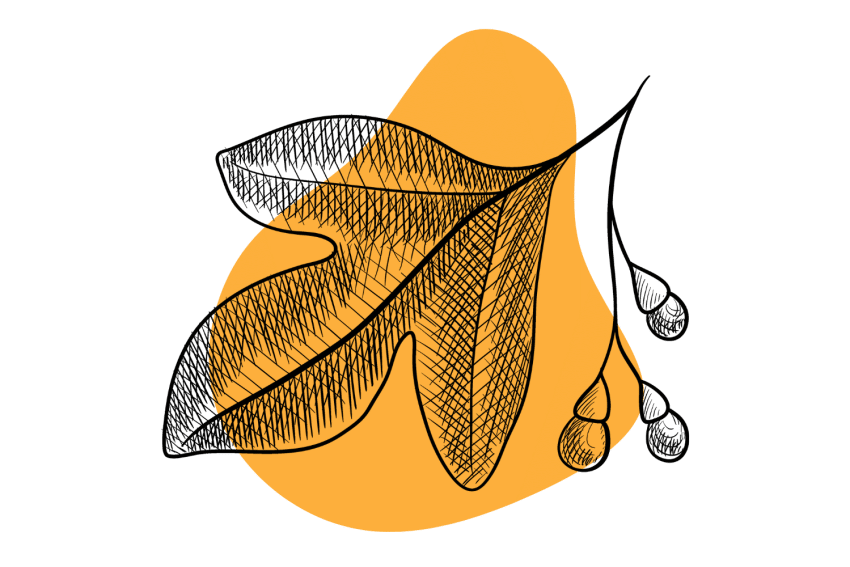Using Kratom for Mood Improvement: How It Works, How Much to Take, & Safety Guidelines
Feeling a little down or more irritated than usual? Kratom can help; you just have to know how much to take.

Kratom is often touted for its ability to improve the user’s mood and reduce feelings of anxiety and depression. Using kratom safely for these purposes means understanding how it functions in the body and knowing your limits when it comes to dosing. We’ll be explaining that and more in this article.
How Does Kratom Affect Your Mood?
Kratom is a complex herb that contains over 40 alkaloids, compounds that have a physiological effect on humans when consumed. Research is still being conducted on many of these compounds, but experts do understand how some of the more prominent kratom alkaloids affect us. We’ll explain what we do know about kratom’s effect on mood below.
Kratom Creates a Surge of Dopamine
Perhaps the most compelling reason kratom acts as a mood enhancer for countless users is that it increases dopamine levels [1]. Kratom binds to several different kinds of opioid receptors, but its interactions with mu-opioid receptors, specifically, cause an increase in dopamine production in the reward center of the brain [2].
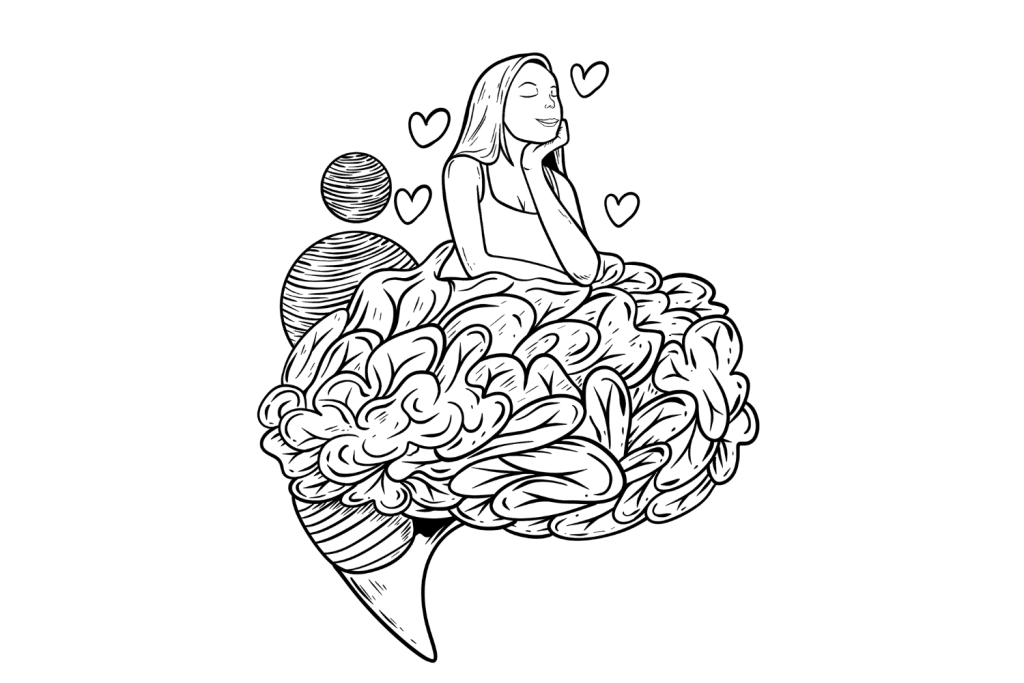
Dopamine is the neurotransmitter most commonly associated with our sense of well-being, motivation, and positivity. Low amounts of dopamine in the brain trigger negative feelings, including depression, and increased dopamine levels mean more positive feelings, including euphoria.
The moderate bump in dopamine levels in the brain following kratom consumption typically provides the user with a positive experience that can be uplifting and rejuvenating.
Kratom Affects Other Neurotransmitters As Well
In addition to altering dopamine levels in the brain, consuming kratom makes some other changes to brain chemistry that can lead to positive experiences and even euphoria.
Specifically, the alkaloids have been shown to bind to serotonin receptors and alpha-2 adrenergic receptors. Both of these are what antidepressant medications target [1].
A lack of serotonin has been linked to depression, just like low amounts of dopamine have. When kratom binds to the serotonin receptors in the body, it causes a bump in the levels of neurotransmitters active in the brain, including serotonin. This, too, leads to a positive overall experience and feelings of motivation and joy.
Alpha-2 adrenergic receptors are what antipsychotics and antidepressants target when they go to work in the brain [3]. Since kratom affects these receptors, studies are also being carried out on the herb’s effectiveness as a possible replacement for these types of drugs. More research is needed to figure out exactly how kratom can function in place of these substances.
Kratom Is a Stimulant in Lower Doses
Another of the primary alkaloids in kratom, called mitragynine, is a known stimulant. The effects of mitragynine are often compared to caffeine, but most users say kratom provides more robust stimulation [4].
Stimulants like mitragynine and caffeine also have a positive effect on dopamine levels [5]. As mentioned above, a boost in dopamine can provide feelings of motivation and well-being, so even those who take smaller doses of kratom are likely to feel some mood enhancement.
Kratom Is a GABA Receptor Agonist
For some people, anxiety and stress put a significant damper on their overall mood, clouding their perception and sometimes their outlook on life. Reducing anxiety can also reduce irritability and overall mood.
GABA, or gamma-alpha butyric acid, is a neurotransmitter that is closely linked to our levels of stress and anxiety and to our overall level of excitation. GABA inhibits signals traveling through the central nervous system that make their way to the brain, so when GABA levels increase, we relax and feel at peace.
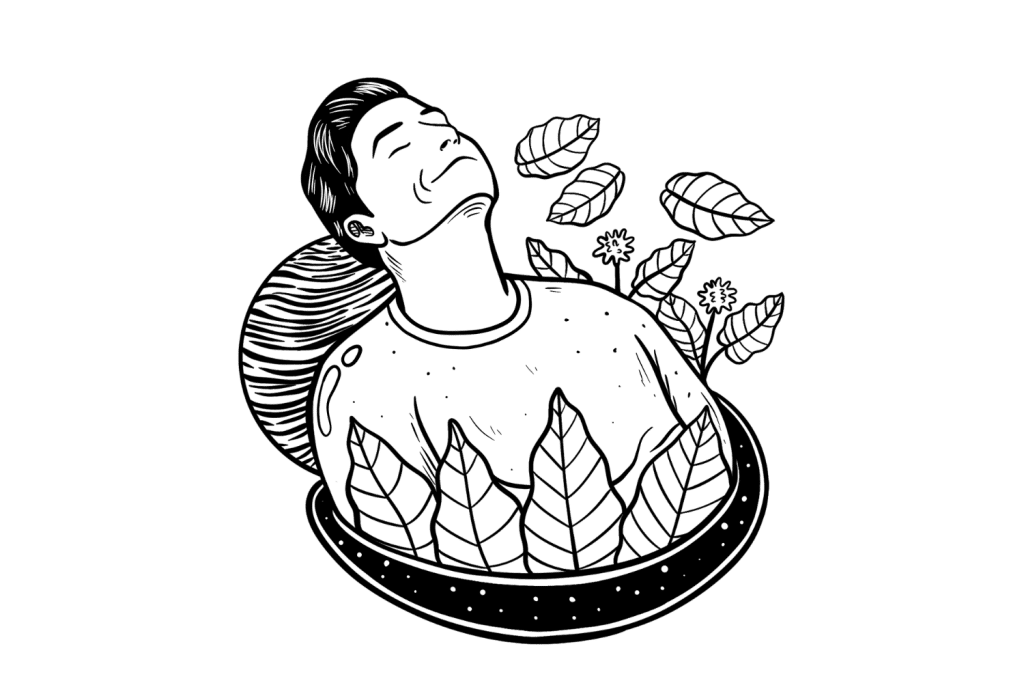
One of the primary alkaloids in kratom — 7-hydroxymitragynine — is an agonist or activator of GABA receptors in the body, similar to opioids [6]. When it binds to GABA receptors, GABA production increases and reduces how “busy” the central nervous system is.
Increasing GABA levels is another of the primary functions of antidepressant medications, including Xanax and Valium. Reducing stress, anxiety, and CNS function can create a sense of inner peace and even feelings of euphoria for the user.
Since kratom is a GABA receptor agonist, it, too, can create these positive feelings and experiences.
Kratom Binds to Opioid Receptors and Relieves Pain
Finally, kratom binds to opioid receptors and relieves pain by limiting the number of pain signals that travel through the CNS and make it to the brain [7, 8]. While pain isn’t directly tied to mood, it can play a significant role in how we feel and our outlook on life.
Kratom is most commonly used — in about 90% of users — to relieve pain and is somewhat commonly self-prescribed as a substitute for opioids [9]. That means that a large subset of people taking kratom will also be experiencing moderate to severe pain.
Research shows that being in chronic pain can bring on feelings of depression and irritability [10]. As such, kratom’s ability to relieve pain may contribute to mood improvement in some individuals who are experiencing long-term pain.
Is Kratom Good for Mood Improvement?
Most users note that kratom is quite good at improving their moods, especially since it works on a few different levels to contribute to feelings of positivity and reduce negative feelings like anxiety and pain.
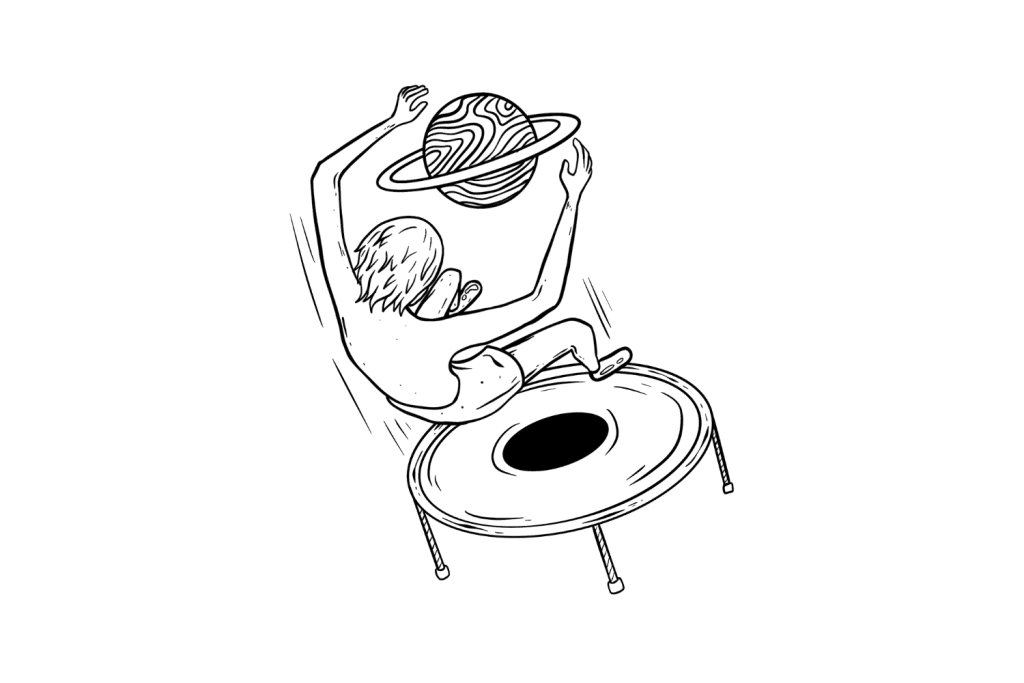
In fact, some exciting research is being conducted on kratom’s use as an antidepressant, and so far, it shows promise. This is, perhaps, the best evidence for kratom’s ability to improve the user’s mood. It has been shown to work similarly to prescription antidepressants like Xanax, which are best known for producing relaxation, euphoria, and other positive feelings.
Which Kratom Strains Are Best for Mood Enhancement?
Most kratom strains will provide some level of mood improvement, as mitragynine and 7-hydroxymitragynine are present in virtually all varieties of the plant. However, white-vein strains, which are also more stimulative, tend to have greater mood-boosting capabilities, and red-vein strains are the least beneficial for this purpose. Most users say green-vein strains lie somewhere in the middle.
Below is a quick list of the best strains for mood enhancement, followed by some information for each strain recommendation.
White Maeng Da Kratom
Maeng Da kratom is often touted as one of the most potent strains available, although most people say that the experience is manageable, even for beginner users. The white variety is intensely energizing and is one of the most likely strains to provide euphoria. Most users report instant mood improvement when consuming this strain, making it a popular option.
White Maeng Da is known to reduce anxious feelings and racing thoughts as well, which is uncommon for a stimulative white strain. As such, this can be a good solution for users whose feelings of anxiety are contributing to poor mood.
White Bali Kratom
White Bali kratom is another common recommendation for users looking to experience feelings of motivation, joy, and even euphoria. This is another white strain that provides relief from anxiety and stress for many people, so it takes a multifaceted approach to enhance one’s mood.
White Bali is an outlier among the white-vein strains for its ability to relieve pain as well. In larger doses, it’s about as potent of a pain reliever as some green and even red strains. If pain or anxiety have you feeling down, White Bali might be a good solution for fast relief.
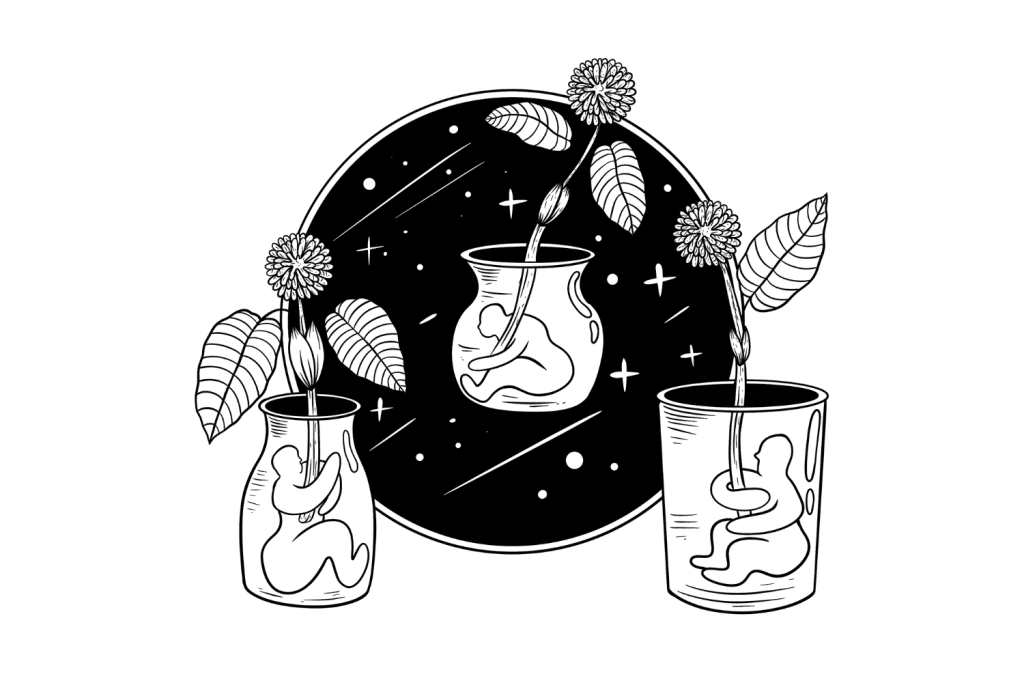
White Elephant Kratom
White Elephant is a hefty strain that provides almost exclusively intense stimulation and mood improvement. Users report feeling uplifted and motivated after consuming this strain, as well as focused, attentive, and aware.
As an energizing strain, White Elephant’s stimulation can trigger anxious feelings in people who already live with anxiety. It may not be ideal for those who need mood enhancement but are experiencing anxiety as well, so choose a different strain if that sounds like you.
Green Malay Kratom
Green Malay kratom is one of the most highly recommended strains in the kratom community for pain relief. It’s a pretty potent stimulant, given its high levels of mitragynine, so it’s suggested for those looking for daytime pain relief, like at work or school.
Green Malay isn’t the best strain for mood improvement, specifically, but it can be a great option for users who are experiencing irritability or a poor outlook because of pain relief. Green Malay also offers a bump in dopamine levels that makes the user feel euphoria and a rush of positive feelings, so it works on a few levels.
Green Thai Kratom
Green Thai kratom is a bit of a jack-of-all-trades, as it’s considered a great option in smaller doses for stimulation and mood improvement, in moderate doses for anxiety relief, and in larger doses for pain reduction. As such, Green Thai’s effects are multi-leveled to improve one’s mood, making it a good option if you’re not sure about the reason for feeling down.
What’s the Dose of Kratom for Mood Improvement?
The amount of kratom you should take to improve your mood depends on the reason you’re looking for mood enhancement since the effects you’ll feel depend on your dosage. We’ll include some guidelines below to help you figure out where to start.
| Why You Need Mood Improvement | Recommended Dosage |
| Poor mood in general | 3 to 4 grams |
| Lack of motivation | 1 to 3 grams |
| Pain contributing to irritability | 4 to 8 grams |
| Anxiety contributing to poor mood | 4 to 6 grams |
| Depression contributing to poor mood | 4 to 6 grams |
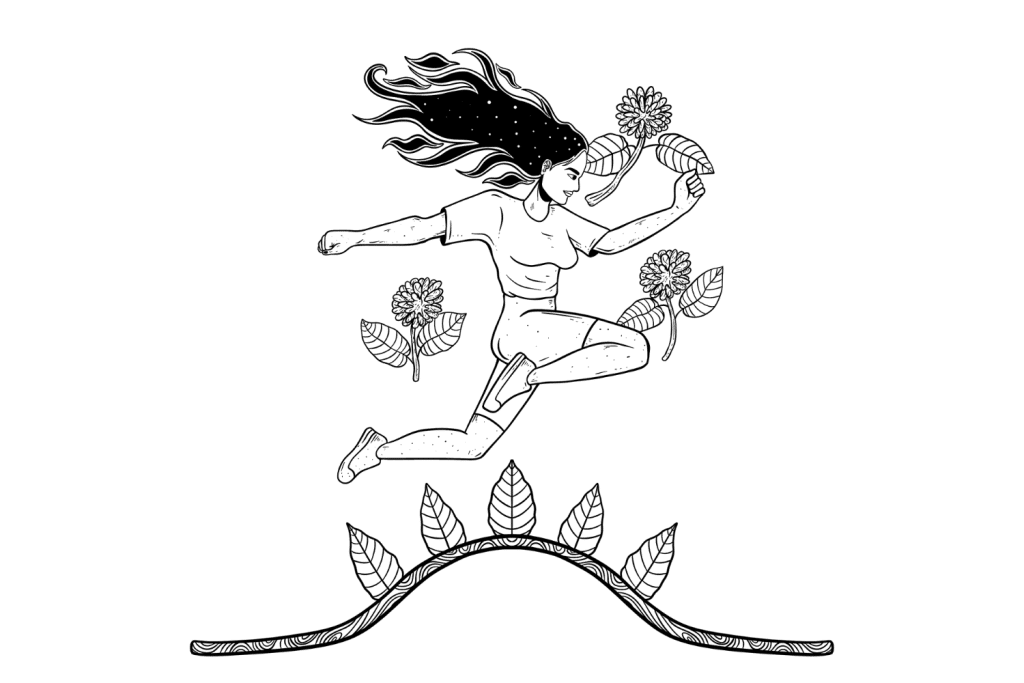
It’s important to note that kratom use does come with the potential for side effects, one of the most severe of which is dependency. We suggest limiting your consumption, as this is one of the best ways to reduce the risk of addiction. Start with a smaller amount than you think you might need and gradually increase the dosage by 0.5 grams per day until you figure out what works and what doesn’t.
Is It Safe to Use Kratom for Mood Enhancement?
Kratom’s safety is still debated in the user community and the medical community. While the herb has been used as a supplement in traditional medicine for centuries, modern research is still underway regarding if and how well the plant works for any medicinal purpose, as well as the safety of short-term and long-term use.
Many experts agree that kratom is mostly safe to consume, even long-term. However, since the plant does change your brain chemistry, acts like an opioid, and provides relief for pain and anxiety, it’s possible for kratom to become addictive.
There are a few things you can do to avoid becoming addicted:
- Keep your daily dosage to a minimum and avoid increasing it over time
- Take kratom no more than five days per week
- Take kratom no more than three weeks per month
- Take longer breaks if you feel you are becoming dependent on the substance for any reason
These tips will also help you avoid the less severe side effects of kratom use, which include:
- Brain fog
- Dizziness
- Headache
- Irritability
- Nausea
- Vomiting
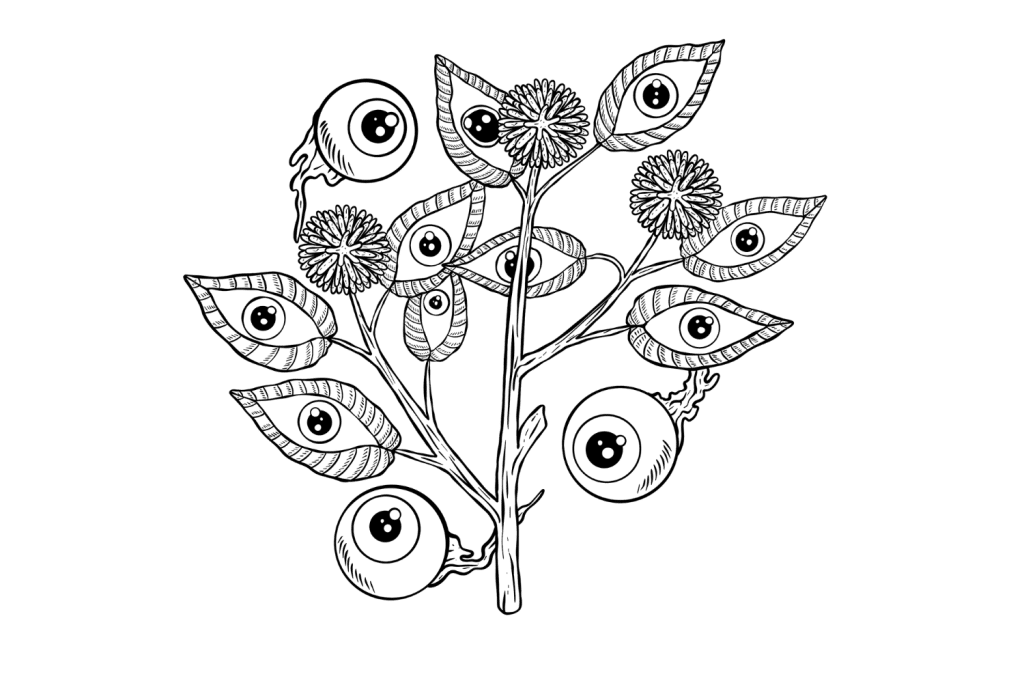
Finally, it’s important not to mix kratom with alcohol or other drugs. Kratom can compete with these substances and build up in your system, and some combinations can produce enhanced or undesirable effects that can be overwhelming and dangerous.
Wrapping Up: Why Kratom Is a Popular Solution for Mood Improvement
Kratom provides quite a few effects for users that can contribute to enhanced mood, including pain relief, anxiety relief, and stimulation. Additionally, the alkaloids in kratom work to change your brain chemistry, increasing levels of dopamine, serotonin, and GABA. These substances play a role in our mood, our feelings of wellness, and controlling negative feelings like anxiety.
If you’re looking to try kratom to improve your mood or outlook on life, we suggest you start with a low dose. Something around 1 to 3 grams should work, and you can increase slowly until you reach the effects you need. If you’re looking for anxiety relief to improve your mood, 4 to 6 grams might be better, and relief from chronic pain and associated irritability is often best treated with higher doses between 6 and 8 grams.
Finally, some of the best strains for mood improvement include White Maeng Da, White Bali, White Elephant, Green Malay, and Green Thai.
Resources
- Johnson, L. E., Balyan, L., Magdalany, A., Saeed, F., Salinas, R., Wallace, S., Veltri, C. A., Swogger, M. T., Walsh, Z., & Grundmann, O. (2020). The Potential for Kratom as an Antidepressant and Antipsychotic. The Yale Journal of Biology and Medicine, 93(2), 283–289.
- Kosten, T. R., & George, T. P. (2002). The neurobiology of opioid dependence: Implications for treatment. Science & Practice Perspectives, 1(1), 13–20. https://doi.org/10.1151/spp021113
- Giovannitti, J. A., Thoms, S. M., & Crawford, J. J. (2015). Alpha-2 adrenergic receptor agonists: A review of current clinical applications. Anesthesia Progress, 62(1), 31–39. https://doi.org/10.2344/0003-3006-62.1.31
- Swogger, M. T., Smith, K. E., Garcia-Romeu, A., Grundmann, O., Veltri, C. A., Henningfield, J. E., & Busch, L. Y. (2022). Understanding Kratom Use: A Guide for Healthcare Providers. Frontiers in Pharmacology, 13, 801855. https://doi.org/10.3389/fphar.2022.801855
- Yanofski, J. (2011). The Dopamine Dilemma—Part II. Innovations in Clinical Neuroscience, 8(1), 47–53.
- Vaughan, C. W., Ingram, S. L., Connor, M. A., & Christie, M. J. (1997). How opioids inhibit GABA-mediated neurotransmission. Nature, 390(6660), 611–614. https://doi.org/10.1038/37610
- Matsumoto, K., Horie, S., Ishikawa, H., Takayama, H., Aimi, N., Ponglux, D., & Watanabe, K. (2004). Antinociceptive effect of 7-hydroxymitragynine in mice: Discovery of an orally active opioid analgesic from the Thai medicinal herb Mitragyna speciosa. Life Sciences, 74(17), 2143–2155. https://doi.org/10.1016/j.lfs.2003.09.054
- Suhaimi, F. W., Yusoff, N. H. M., Hassan, R., Mansor, S. M., Navaratnam, V., Müller, C. P., & Hassan, Z. (2016). Neurobiology of Kratom and its main alkaloid mitragynine. Brain Research Bulletin, 126, 29–40. https://doi.org/10.1016/j.brainresbull.2016.03.015
- Garcia-Romeu, A., Cox, D. J., Smith, K. E., Dunn, K. E., & Griffiths, R. R. (2020). Kratom (Mitragyna speciosa): User demographics, use patterns, and implications for the opioid epidemic. Drug and Alcohol Dependence, 208, 107849. https://doi.org/10.1016/j.drugalcdep.2020.107849
- Sheng, J., Liu, S., Wang, Y., Cui, R., & Zhang, X. (2017). The Link between Depression and Chronic Pain: Neural Mechanisms in the Brain. Neural Plasticity, 2017, 9724371. https://doi.org/10.1155/2017/9724371

